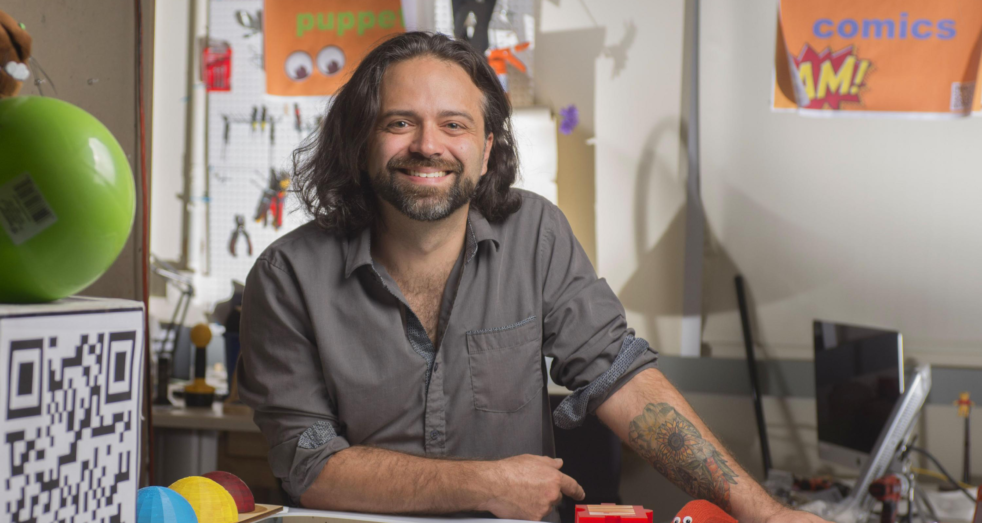A Tech professor is leading a research team focused on teaching artificial intelligence to dance, and they plan to put on a dance performance with their creation at the end of the project.
Brian Magerko, professor of digital media, works at the crux of computation and creativity, and his new project seeks to unite AI and entertainment.
Magerko shared how this latest undertaking builds off of his previous ventures.
“This is the extension of a project that’s been going on for eight years now,” Magerko said on the depth of his research.
“The idea has been to build an AI that could learn how to dance by dancing with people,” Magerko said, and this project culminated in the creation of LuminAI.
This AI was able to perceive the dancing and gestures of people and emulate their dance moves, and even improvise based on some moves that it previously learned.
Magerko and others showed this technology across the globe, holding many interactive exhibits with the AI.
His experiences with LuminAI inspired Magerko to further his research to this new project.
“Through our iterative sort of work on it, we develop[ed] some theories about how, at least in an embodied sense, people improvise and how computers could improvise with us in a more free flowing and formal way,” Magerko said.
He stressed that understanding how humans dance and create movements is essential to apply something similar to AI.
“This will inform us about how bodies make sense of each other,” Magerko said, “and that’s an important thing for robots and intelligent agents.”
This knowledge would have much broader applications than the world of dance, and would further work towards cementing Artifical Intelligence as the next front on the quest of scientific exploration and discovery. For all of its technological applications, however, Magerko also admired the opportunity to put a form of beauty into computer science, transcending the border between code and art.
Similar to the LuminAI project, the results of this research will be shown in a public performance.
Magerko said that the team is planning to showcase their AI in a collaborative performance with the Kennesaw State University Department of Dance at the end of the project. For many, this may seem like a realm that AI would only reach in a dystopian science fiction movie.
Yet Magerko has managed to oush the bounds of AI forward enough to bring this technology into the present, with a live performance planned to showcase the AI’s abilities and talents.
Magerko said that the performance will likely happen “using motion capture suits as a mechanism for an AI to both sense and respond to and dance with performers on stage in real time.”
He is unsure of how that AI will be represented during the performance, but they may pull from the technology they used to showcase the LuminAI.
The project is expected to take three years to complete, with the first year being dedicated to studying movement of dancers.
Part of this will include feeding the AI examples of dance moves and what humans think goes well together, and this method will be accented by using dance theory to teach it. In doing this, Magerko hopes to create an AI that is capable of recreating modern dances at a level that is near, if not perfectly, indistinguishable from those created from a human mind.
“One of the things that helps machine learning work more efficiently is good descriptors for your knowledge or data,” Magerko said.
Labelling consistent motions in dance would make the machine learning process much easier, according to Magerko.
He also said that the AI would mostly be learning contemporary movements based off of more modern forms of dances for the time being.
Magerko said the second year of the project would be dedicated to building the models based off of the collected data, and the third year will be about maturing and evaluating the work done and putting on the actual performance.
He looks forward to putting on the show and proving that “we can improvise with computers with our bodies in very naturalistic and coherent, improvisational ways.”
The show, it would seem, is set to become another step towards not only proving what AI is capable of, but questioning what its limits are, if any, in learning from and imitating what was once consider to be behavior only humans could achieve.
